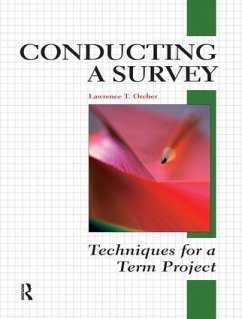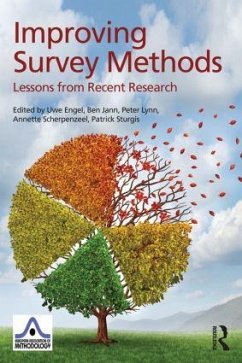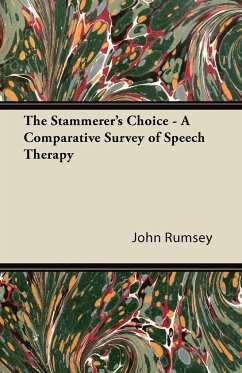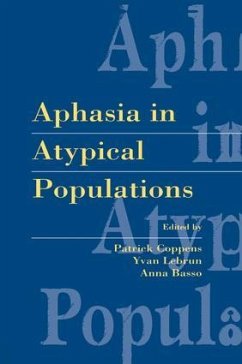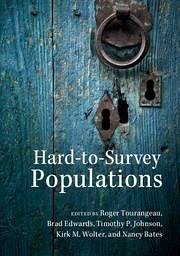
Broschiertes Buch
Hard-To-Survey Populations
Versandkostenfrei!
Versandfertig in über 4 Wochen

PAYBACK Punkte
33 °P sammeln!



Examines the different populations and settings that can make surveys hard to conduct and discusses methods to meet these challenges.
Produktdetails
- Verlag: Cambridge University Press
- Seitenzahl: 669
- Erscheinungstermin: 28. August 2014
- Englisch
- Abmessung: 248mm x 177mm x 32mm
- Gewicht: 1330g
- ISBN-13: 9781107628717
- ISBN-10: 1107628717
- Artikelnr.: 40466763
Herstellerkennzeichnung
Libri GmbH
Europaallee 1
36244 Bad Hersfeld
gpsr@libri.de
Für dieses Produkt wurde noch keine Bewertung abgegeben. Wir würden uns sehr freuen, wenn du die erste Bewertung schreibst!
Eine Bewertung schreiben
Eine Bewertung schreiben
Andere Kunden interessierten sich für



